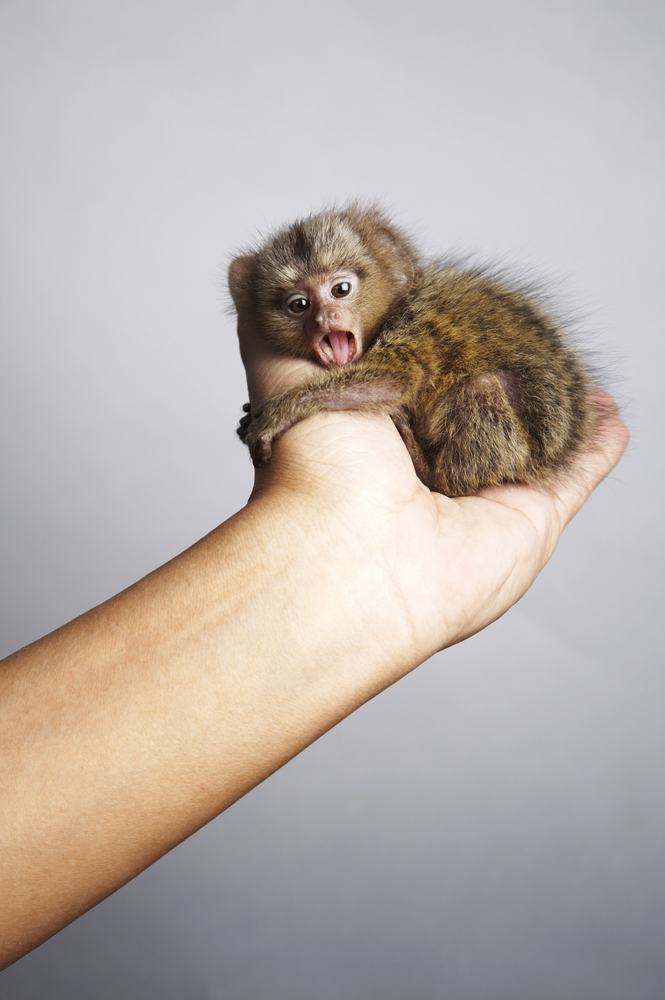
A team at the Texas Biomedical Research Institute recently created an alternative model to mimic Zika virus infection, allowing for further steps on the road to a vaccine and treatment.
The virus wreaked havoc in South America over the last couple years, and even Texas has seen its first documented cases as spread by local mosquitoes. In their journey toward effective counters, researchers turned to monkeys for the fact that they, much like people, have been shown to develop acute infections. Zika-like symptoms have proved capable of hitting their semen, saliva, and urine for weeks after initial infection. Marmoset, in particular, are also decisively small.
“That size can be an advantage when testing experimental vaccines and therapeutics that are available in limited quantities,” Suzette Tardif, the Associate Director of Research at the Southwest National Primate Research Center at Texas Biomed, said.
Researchers hope to use what they learn from these monkeys to identify locations where they could effectively block transmission of Zika. Marmosets in the past have proven highly susceptible to other problematic, human-hitting viruses, such as Ebola and Lassa. Given that Zika has also been found in the saliva of these animals in the wild, institute virologist Jean Patterson has theorized that left alone, they could even potentially add an endemic nature to the virus in certain nations.
“We don’t know where it (the Zika virus) will emerge, but we know more cases will show up in the United States,” Patterson said. “It’s befuddling the epidemiologists.”
While Zika is primarily spread through mosquito bites, sexual contact has also been a proven source. As for the Texas research, its findings thus far have been published in the journal Scientific Reports.




